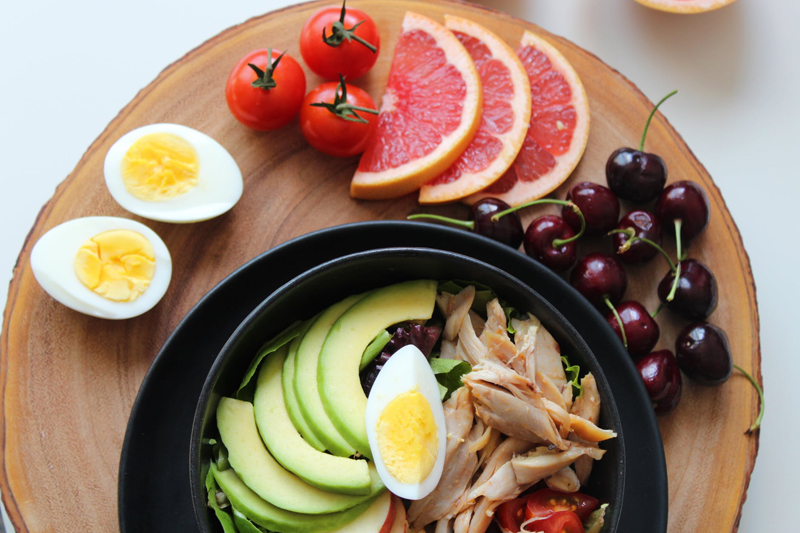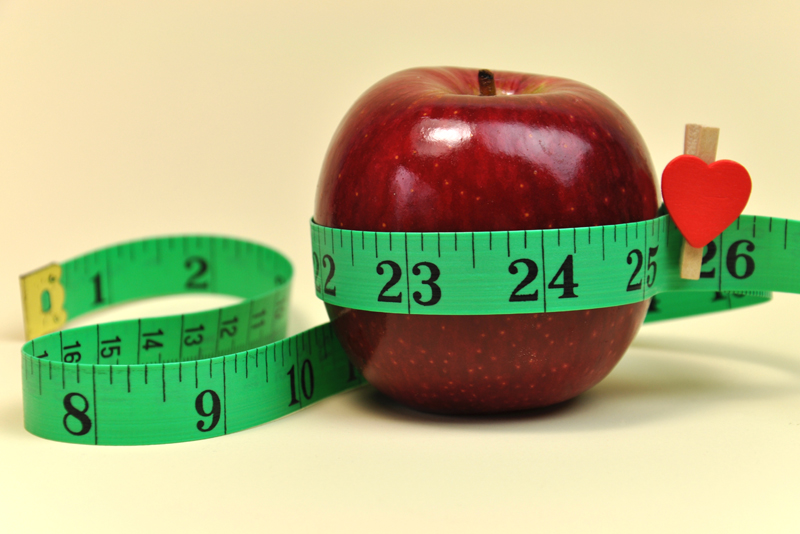White Bread - Necessary Food or Extra

Societies typically develop around eating wild game, drawing fish from the sea, baking bread and growing veggies. Just how important is grain in this mix of human intake?
Let's start with white bread, the bane of human existence :) It is bleached, processed, filtered until little remains of the wheat bits from which it began. In a cup of bread, you get:
120 calories
1g fat (none saturated)
0mg cholesterol
170mg salt
13g carbs (1g fiber, 1g sugar)
2g protein
Nutrients -
4% calcium
5% iron
OK, surely you get better calcium and iron from other sources. There's a fair amount of salt here. A bit of protein, a bit of fat. Lots of carbs, but little nutrition. In fact, the iron and other trace nutrients have to be ADDED to the flour because the flour is so useless in its processed state.
So what do you get? You get 1g of fiber - but surely you can do far better than that with any other kind of grain or fibrous veggie. You get tiny amounts of nutrients.
On the other hand, current research indicates that 2-3% of adults have at least a mild intolerance to gluten - i.e. wheat. It might not show up in a severe way, with gigantic rashes each time you eat bread, but you might be sluggish and achey.
Your stomach only holds X amount of food a day. If you want to put bread in there, make sure it is at least whole grain wheat, or dark rye, so you get fiber, lower sodium, and more nutrients in that intake.

Lisa Shea's Library of Low Carb Books
Let's start with white bread, the bane of human existence :) It is bleached, processed, filtered until little remains of the wheat bits from which it began. In a cup of bread, you get:
120 calories
1g fat (none saturated)
0mg cholesterol
170mg salt
13g carbs (1g fiber, 1g sugar)
2g protein
Nutrients -
4% calcium
5% iron
OK, surely you get better calcium and iron from other sources. There's a fair amount of salt here. A bit of protein, a bit of fat. Lots of carbs, but little nutrition. In fact, the iron and other trace nutrients have to be ADDED to the flour because the flour is so useless in its processed state.
So what do you get? You get 1g of fiber - but surely you can do far better than that with any other kind of grain or fibrous veggie. You get tiny amounts of nutrients.
On the other hand, current research indicates that 2-3% of adults have at least a mild intolerance to gluten - i.e. wheat. It might not show up in a severe way, with gigantic rashes each time you eat bread, but you might be sluggish and achey.
Your stomach only holds X amount of food a day. If you want to put bread in there, make sure it is at least whole grain wheat, or dark rye, so you get fiber, lower sodium, and more nutrients in that intake.

Lisa Shea's Library of Low Carb Books

Editor's Picks Articles
Top Ten Articles
Previous Features
Site Map
Follow @LisaLowCarb
Tweet
Content copyright © 2023 by Lisa Shea. All rights reserved.
This content was written by Lisa Shea. If you wish to use this content in any manner, you need written permission. Contact Lisa Shea for details.










